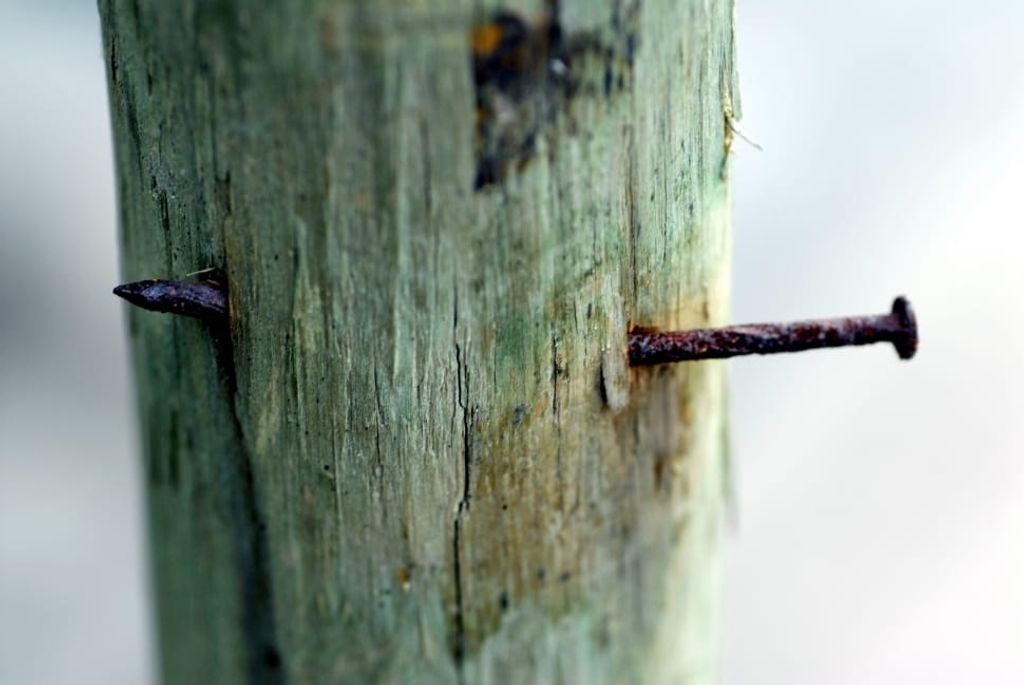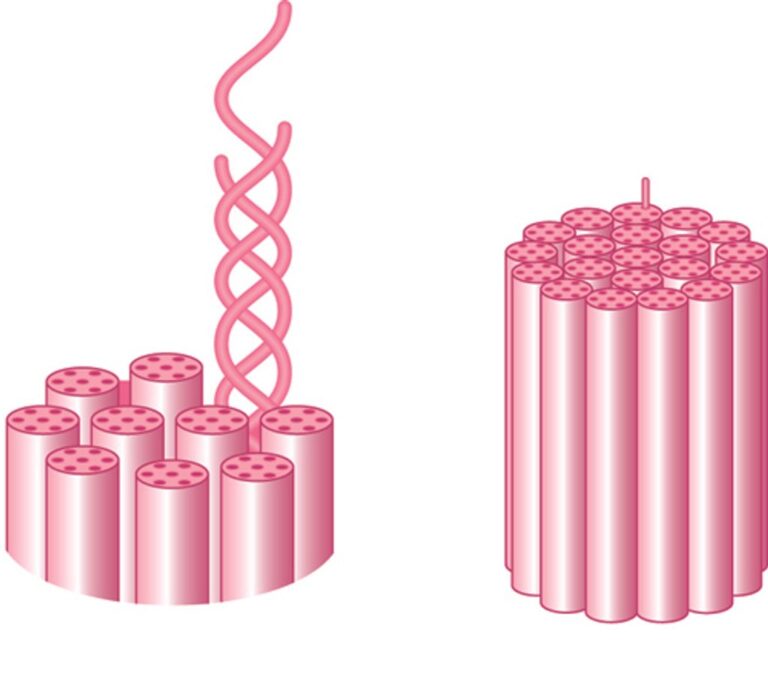“Tree Troubles: Will Nails Kill a Tree?”
In the world of arboriculture, the health and vitality of trees are of utmost importance. Understanding the impact of external factors, such as nails, on tree health is crucial for preserving the natural beauty of our environment. This article delves into the potential risks and best practices for protecting trees from harm.
Key Takeaways
- Regularly inspect trees for signs of distress to ensure early detection of potential issues.
- Avoid driving nails or other sharp objects into trees, as they can cause long-term damage and compromise the tree’s health.
- Implement proper tree care practices, such as mulching, pruning, and watering, to support tree health and vitality.
- Be mindful of construction activities and other potential sources of harm to trees in the surrounding environment.
- Consult with a certified arborist for professional advice on tree care and maintenance.
Understanding Tree Health and Vitality

The Importance of Healthy Trees
Trees are the backbone of any thriving ecosystem, providing essential benefits that range from carbon sequestration to enhancing the aesthetic appeal of our surroundings. Healthy trees contribute significantly to our environment, making it crucial to understand the factors that influence their well-being.
Vitality in trees is often indicated by their ability to grow, resist pests and diseases, and adapt to stressors such as climate change. Ensuring the health of trees is not only important for ecological balance but also for the safety and value of properties where they stand.
Proper care and maintenance are key to sustaining tree health. This includes:
- Regular watering and mulching
- Timely pruning
- Protection from physical damage
- Monitoring for signs of disease or pest infestation
Tip: Always consult with a certified arborist before taking any action that could impact a tree’s health, such as nailing or drilling into its trunk.
Signs of Tree Distress
Recognizing the signs of tree distress is crucial for maintaining the health and longevity of our arboreal companions. A tree in distress may exhibit several symptoms, such as yellowing, browning, or spots on the leaves, which can indicate a range of issues from fungal to bacterial, or viral infections. Another telltale sign is premature leaf drop, a condition where trees shed their leaves earlier than the normal cycle, often pointing to underlying health problems.
Trees should naturally display a vibrant and upright appearance. Any signs of wilting, drooping, or a general decline in vigor are red flags that should not be ignored. These symptoms suggest that the tree is struggling to maintain its normal physiological processes. It’s essential to address these issues promptly to prevent further decline.
Tip: Regularly inspect your trees for any unusual changes in appearance. Early detection of distress signs can make a significant difference in the successful treatment and recovery of the tree.
The Impact of Nails on Tree Health

Understanding the Risks
When considering the addition of nails or other foreign objects to a tree, it’s crucial to understand the potential risks involved. Trees are living organisms that can suffer from physical damage, just like any other living being. The introduction of nails can disrupt the tree’s natural growth and repair processes, leading to a variety of adverse effects.
Infection is a primary concern when nails penetrate the bark of a tree. The bark serves as a protective layer, and when compromised, pathogens can enter, increasing the likelihood of disease. Additionally, nails can act as conduits for pests that may further harm the tree. For example, certain insects are attracted to the sap that may seep from wounds caused by nails.
Stress to the tree’s structure is another significant risk. Nails can damage the cambium layer, a critical part of the tree that is responsible for nutrient transport and growth. This can lead to stunted growth or even death if the tree’s vital functions are severely impaired.
Tip: Always consider alternative methods to decorate or support trees that do not involve driving nails or screws into them. For instance, using straps or external supports can minimize direct harm to the tree’s structure.
Understanding these risks is essential for anyone looking to maintain the health and longevity of their trees. It’s not just about the immediate aesthetic or functional need; it’s about ensuring the tree can continue to thrive for years to come.
How Nails Affect Trees
When nails are hammered into a tree, they can cause both immediate and long-term damage. The initial wound may seem minor, but it creates an entry point for pathogens, which can lead to infections or diseases. Over time, the tree attempts to compartmentalize the wound, a process known as codit (compartmentalization of decay in trees), to isolate the damage and prevent further spread.
Compartmentalization is a tree’s natural defense mechanism, but it isn’t always successful. The presence of a nail disrupts the flow of nutrients and water within the tree’s vascular system, which can compromise growth and health. Additionally, nails can rust over time, releasing harmful substances into the tree’s living tissues.
Tip: If you must attach something to a tree, consider using straps or other non-invasive methods that do not penetrate the bark.
While a single nail may not be fatal, multiple nails or repeated injuries can significantly weaken a tree. It’s crucial to weigh the necessity of inserting nails against the potential harm to these vital living organisms.
Protecting Trees from Harm

Best Practices for Tree Care
Caring for trees is a proactive approach to ensuring their longevity and health. One of the fundamental aspects of tree care is providing adequate hydration. Trees require consistent watering, especially during dry spells, to maintain their vitality. It’s important to understand the specific water needs of different tree species, as overwatering can be just as detrimental as under-watering.
Proper pruning is also crucial for the health of a tree. It helps to remove dead or diseased branches, promote growth, and maintain the tree’s natural shape. However, pruning should be done with care, as improper cuts can lead to infections and decay.
Tip: Always use clean, sharp tools for pruning to minimize damage and prevent the spread of disease.
Fertilization is another key element of tree care. A balanced diet of nutrients can help trees to grow strong and resist pests and diseases. Soil testing can be particularly helpful in determining the specific needs of your trees.
- Test the soil to understand nutrient requirements
- Mulch to retain moisture and regulate soil temperature
- Inspect trees regularly for signs of stress or disease
- Avoid physical damage from lawn equipment or construction
By following these best practices, you can help protect your trees and ensure they remain a vibrant part of the landscape for years to come.
Preventing Damage to Trees
To safeguard the health of trees, it is crucial to prevent damage from various sources, including the improper use of nails and other hardware. Proactive measures can ensure that trees remain robust and less susceptible to disease and infestation. Here are some key strategies:
- Regularly inspect trees for signs of damage or stress, such as unusual leaf discoloration or dieback.
- Avoid wounding the tree’s bark, which can serve as an entry point for pests and diseases.
- When building near trees, use tree-friendly attachments or methods that minimize harm.
Tip: Always consult with an arborist before undertaking any activity that might impact a tree’s health.
By adhering to these practices, we can help maintain the natural beauty and ecological benefits that trees provide.
Protecting trees from harm is crucial for the environment and our future. Trees provide us with clean air, shade, and beauty, and it’s important to take steps to protect them from damage. Whether it’s preventing deforestation, avoiding pollution, or promoting sustainable practices, there are many ways to ensure the well-being of our trees. Visit NAILinspire.com for more information on environmental conservation and how you can make a difference.
Frequently Asked Questions
Can hammering nails into a tree harm it?
Yes, hammering nails into a tree can cause damage to the tree’s health and vitality. It can create wounds that allow diseases and pests to enter the tree, leading to potential decline or death.
What types of trees are most vulnerable to nail damage?
All trees are susceptible to nail damage, but some species, such as fruit trees and ornamental trees, may be more sensitive due to their shallow root systems and thinner bark.
How can I hang objects on a tree without using nails?
You can use alternative methods such as tree-friendly straps, wires, or hooks that do not penetrate the tree’s bark. These methods help prevent damage and maintain the tree’s health.
Do nails affect the tree’s ability to transport water and nutrients?
Yes, nails can disrupt the flow of water and nutrients within the tree, affecting its overall health and vitality. This disruption can lead to stress and reduced growth.
What are the long-term effects of nail damage on a tree?
Long-term effects of nail damage may include decay, reduced structural integrity, and increased susceptibility to environmental stressors, ultimately leading to decline and potential death of the tree.
Are there any regulations or guidelines for hanging objects on trees?
Some local jurisdictions have regulations or guidelines regarding the protection of trees and natural resources. It’s important to check with local authorities or arborists for specific recommendations on tree care and protection.







